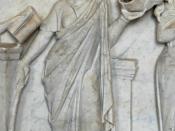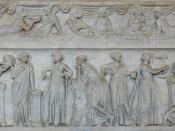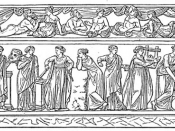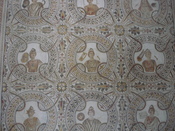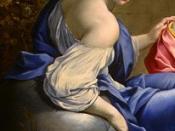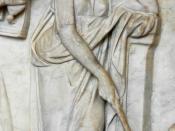At one point during the time of ancient Rome, the nine muses, now representatives of poetry, music, and dance, and even science (Gill About.com), were at one point believed to be goddesses themselves. Serving as the representatives of the Roman God, Apollo, each muse influenced a specific area of function.
The nine muses included the following: Calliope, muse of epic poetry; Clio, muse of history; Erato, muse of lyric and poetry of love; Euterpe, muse of flute; Melpomene, muse of tradgedy; Polyphymnia, muse of mime or muse of sacred song (Gill About.com); Terpsichore, muse of dance; Thalia, muse of comedy; and Urania, muse of astronomy. According to beliefs, the muses would breathe inspiration into the artist, whether he be a poet, writer, or for whatever task he wished to complete. This inspiration allowed the artist to complete his piece to a masterpiece. ItÃÂs appropriate to say muses inspired words of the English language as well.
Universe and Uranus both come from Urania, muse of astronomy and with her serving as the muse of astronomy, the words relate to space. The Harpsichord, an instrument used to lead others into dance or song, comes from the name of Terpsichore, muse of dance. Erotic, a word relating to lust, another form of love, is a direct descendant of the muse Erato, who was the muse of lyric and poetry and love. These are but a few of the words serving as an offspring of the igniting inspirationalists known as muses.
Serving as an inspiration in ancient times as well as today, the muses had an immense impact on the world. Although never been physically seen, it can be believed muses continually spread their mighty magic to inspire those in downward despair to create the notable works observed by society today.
Works Cited1.Burke, Nikki. "Greek & Roman: Other Gods: the Muses." Gods, Heroes, and Myth. 30 May. 2007.
.
2.Gill, N S. "Muses." About.Com. 2007. New York Times Company. 30 May. 2007.
.
